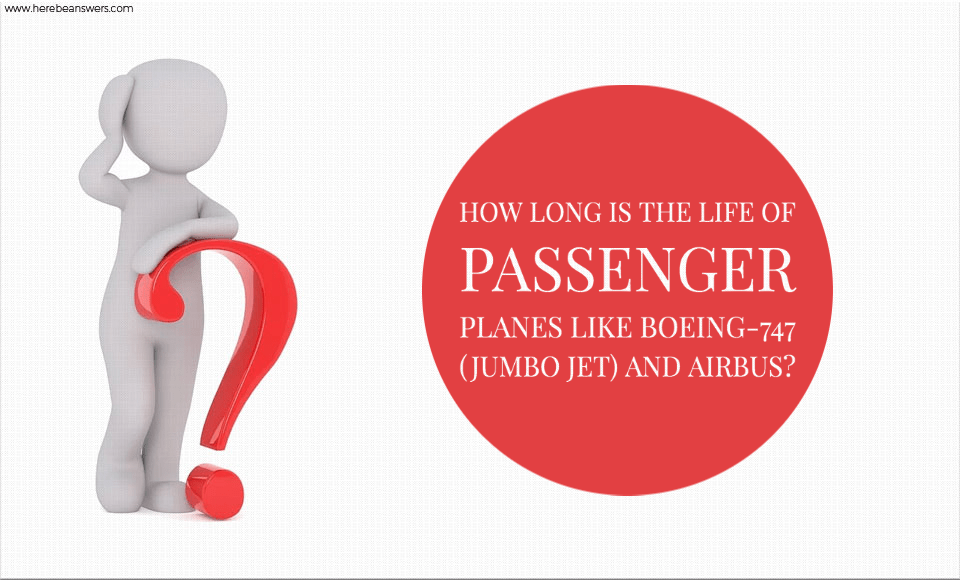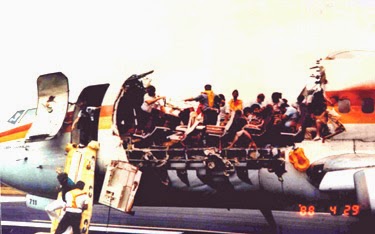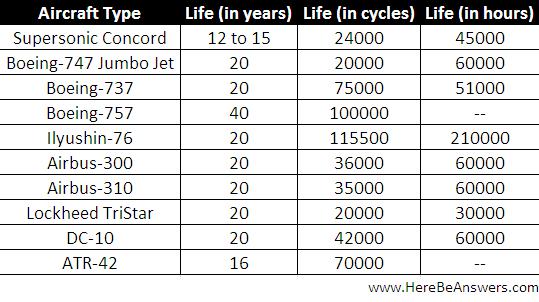At the time of landing an aircraft endures a mild collision vertically, whereas during take-off the entire frame endures a horizontal pull. Aircraft’s metal then “tires” just like human muscles after physical hard work, and gradually becomes weak. To talk in the language of engineering, an aircraft experiences metal fatigue. The most memorable example for this is of Boeing-737 of Aloha Airlines in Hawaii. Flying between various islands this plane took off from the runway for a similar flight on April 1988, and when it was at the height of thousands of feet all of a sudden its roof went off. One air-hostess and a passenger were thrown out with the wind, while the other passengers had their seat-belts on, hence they remained safe with minor injuries. Eventually the plane landed on the airport. After this accident Boeing declared the life of Boeing-737 to be 75000 cycles. It means once the aircraft completes 75000 take-offs and landings its life is over. Talking about the newer more popular, 747 can endure about 35,000 pressurization cycles. It flights time is roughly 135,000 to 165,000. After this the metal fatigue sets in. 747s are retired after approximately 27 years of service. Early wide-body planes, like the Lockheed Tri-Star, have shorter lifespans, lasting an average of 24 years.
The third unit of measuring an aircraft’s life is hours of flight. At the latitude of 32000-33000 feet the air temperature is about minus 48° Celsius. Plane’s metal is contracted at that low temperature. After beginning to land, within 15 minutes as the plane hits the ground the air temperature is much higher, possibly around 30° Celsius. Such a difference in temperature within 15 minutes is no small matter. As a result of this an aircraft experiences another kind of metal fatigue which diminishes its strength. By this measure, the life of Boeing-737 is 51000 hours of flight. Whereas the life of the supersonic Concord is 45000 hours of flight. For more information about different planes refer to the table below. As shown in the table there are three parameters of longevity. A take-off and landing equals one cycle. Boeing-747 (Jumbo Jet) is meant for International travel, hence it does fewer take-offs and landings and has higher hours of flight compared to the planes used for domestic flights.
An airplane can be put out of service for many reasons, top one being the safety concerns. There are approx. 300,000 aircraft actively in service in the United States. These include commercial airlines as well as courier aircrafts. FedEx owns the most aircrafts compared to all airlines. Every year, a large amount of these are decommissioned or abandoned. Which means that at any given time, almost 11 percent of the airline industry’s fleet is grounded while still being in service. For example the United Airlines parked their Boeing 747 fleet to make way for newer models which were more fuel-efficient. They were nicknamed “Jumbo Jets”. The 747s had gradually gone out of image since their launch in 1970. Airlines have sold them off, and replaced them with long-range twin-engine aircrafts to save on fuel and maintenance costs.


